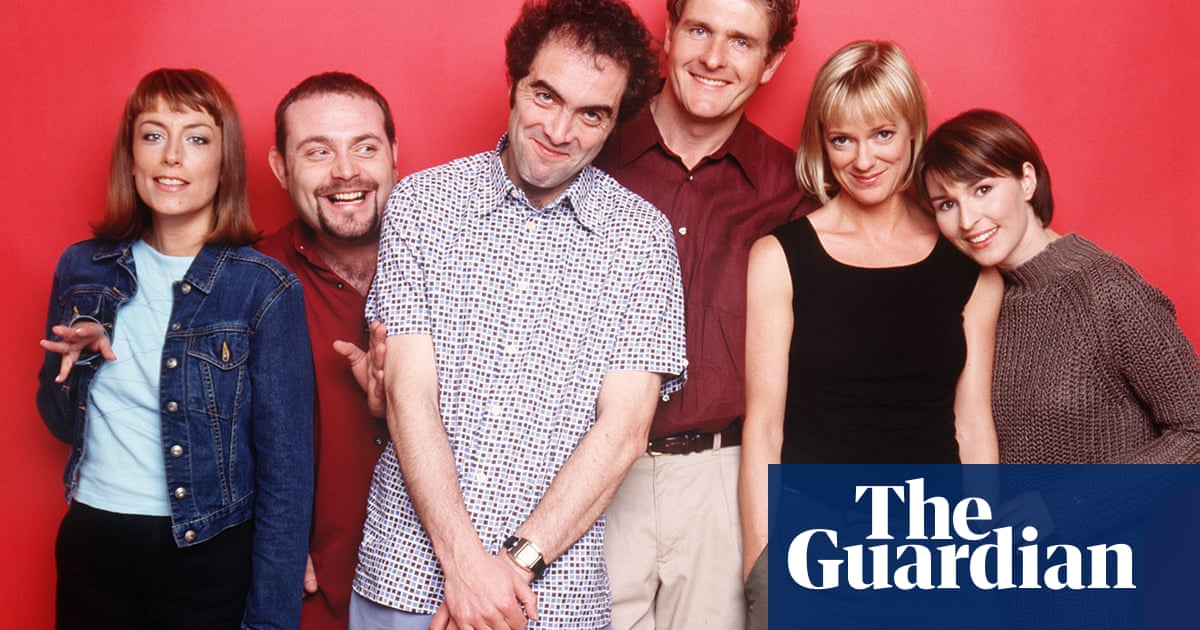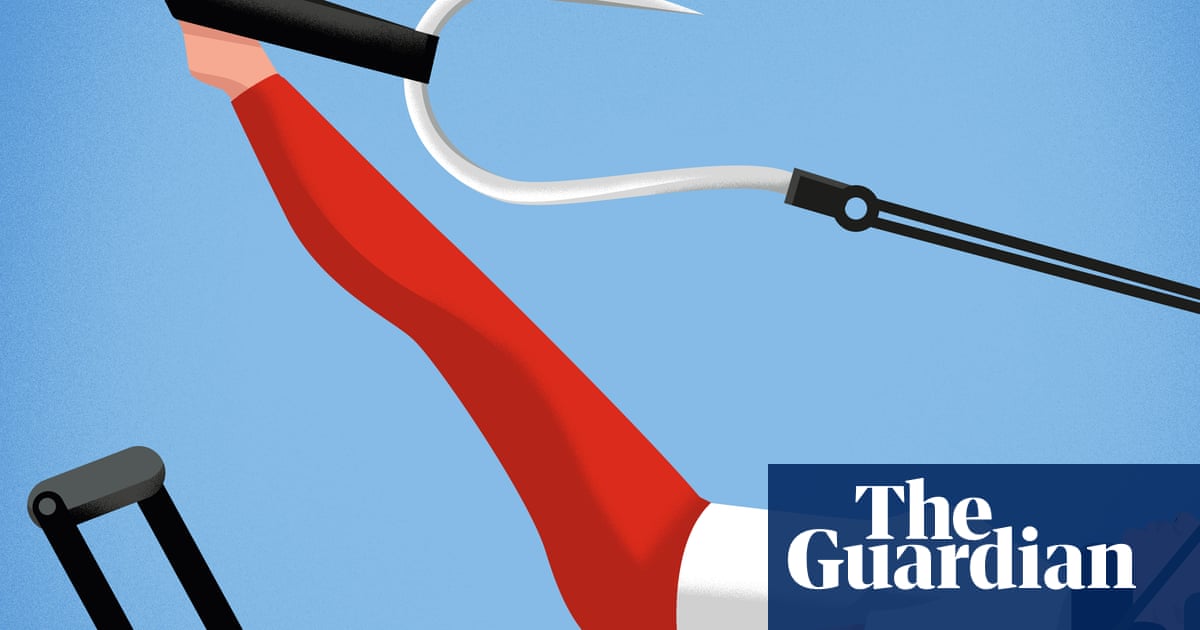
My wife, Marion, and I moved to Braintree in 2013 to be near our daughter and grandchildren, and I was struck by how friendly some of the locals were. Strangers would often wave as I passed them in the street. Some of them would also say, “Hello, John!” My name’s Neil, but I let it pass.
On one occasion we were in a cafe when a man came over and said, “You’re John Jemison, aren’t you?”
“I’m not,” I said. “But who is he?” I didn’t find out, nor did I discover what the man wanted with the mysterious John. He backed off, startled. “Oh,” he said. “Well, never mind. You don’t half look like him.”
After that, Marion and I were forever half-prepared to run into my lookalike, but the eventual meeting happened unexpectedly. We signed up for a bus trip to London with the Friends of Braintree Museum, to see Magna Carta. As we settled into our seats, someone said, “Hello John!”
“Uh oh,” I thought, “here we go again…” Then the voice said, “Hello, Mr Jemison!” I realised they weren’t talking to me, but to a man in his 70s who was boarding the bus.
“Are you John Jemison?” I asked.
“I am,” he replied. “What have I done now?” Like me, John was white-haired, bearded and bespectacled, but it was only when we left the bus and were able to speak properly that we realised how similar we looked. It wasn’t just our appearance, either – the more we got to know each other, the more we found in common. We had both trained as teachers at the College of St Mark and St John in Chelsea, and had the same teachers and lecturers. After qualifying, we both initially became RE teachers. When we paid for coffee, we pulled out identical Co-op debit cards, and we even both had a son who played the didgeridoo. Although I had failed to spot John for the best part of two years, we lived only half a mile apart.
Close friends and family members agreed that we were easy to tell apart, but people less familiar with us continued to insist that we must be twins or brothers, or at least unknowingly related. We started to attract media interest and were invited on to a Channel 4 programme in which a geneticist used face-mapping techniques to determine who, out of seven sets of alleged doppelgangers, looked most alike. To our astonishment, we won, with a facial match of 90% – the kind of score identical twins might expect. We were also judged the closest match after close scrutiny from a panel of 100 strangers.
A DNA test gave startling results about our ancestral origins. A family historian used the results to plot our ethnic backgrounds and found that although we weren’t directly related, our ancestral maps matched almost exactly. However, John, who had always thought he had a strong claim to Viking heritage, was pretty miffed to learn that I’m more Viking than he is.
John and I are both fairly open, easygoing people who meet others readily, but I suspect that being so alike has helped fast-track our friendship. We rapidly assumed the sort of relationship you might see between people who have known each other for decades.
When I visited his house for the first time, it was extraordinary to see his wedding photos. We both married in our early 20s, in the 1960s, but our resemblance seems to have been just as marked then as it is now.
After John came to see me performing with a choral society (and was mistaken for me afterwards by another audience member), we developed a show of our own called Doppelgangers Read Poetry. We always wear matching outfits at our readings. We already owned matching sweaters and when John’s started to get a bit tatty he bought two new ones: one for him, one for me.
We are very happy to have met, especially since our wives have become friends, too. The afternoons and evenings we spend together – whether just in each other’s company or when we expound our “double vision” on life, the universe and everything – continue to be a great joy.
As told to Chris Broughton












